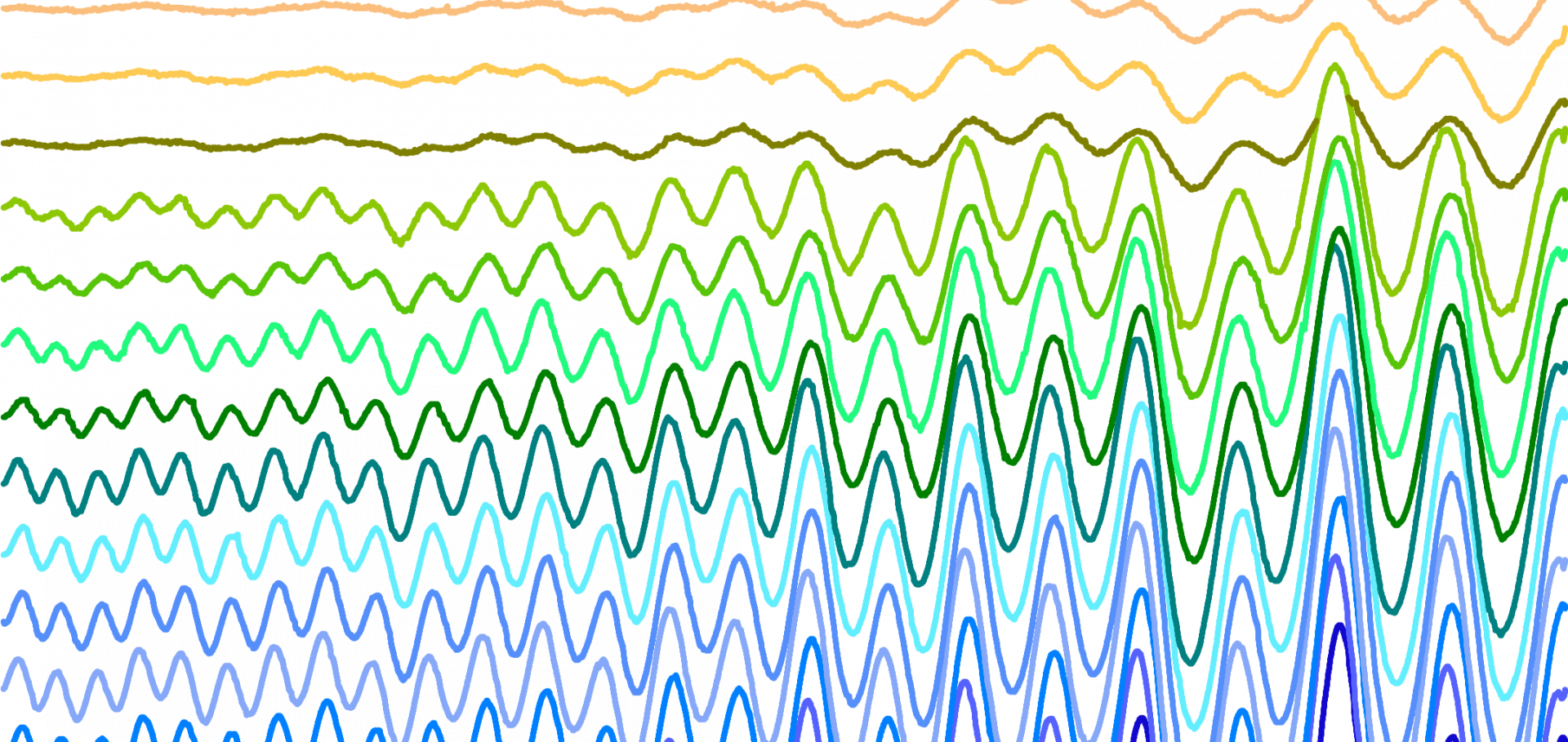Dataset- Anisotropic magnetic interactions in a candidate Kitaev spin liquid close to a metal-insulator transition
University of Oxford (2024)
Abstract:
This data set accompanies the publication entitled "Anisotropic magnetic interactions in a candidate Kitaev spin liquid close to a metal-insulator transition" posted on the archive (https://arxiv.org/abs/2407.15657) and also to appear in Communication Physics. These data were generated by firstly performing X-ray diffraction on single crystals of RuI3. The torque experiments were performed using piezocantilevers and a single axis rotator in a 16T PPMS cryostat at different temperatures. The detailed measurements were performed for three different plans of rotations. The data were analyzed using Fourier decomposition of the contribution to the torque signal as well as direct fitting using an empirical expression described in the text. The experimental data are compared with theoretical simulation using parameters described in the text.Unveiling the quasiparticle behaviour in the pressure-induced high-Tc phase of an iron-chalcogenide superconductor
University of Oxford (2024)
Abstract:
This data set corresponds to the generated data for the publication entitled with the same name to appear in npj Quantum Materials in 2024. The data were collected while measuring resistivity in high magnetic fields and under applied pressure for a novel iron-based superconductor, FeSe1-xSx (x~0.18). Most of the data are ASCII files related to the figures provided (often (x,y) format).Resurgence of superconductivity and the role of dxy hole band in FeSe1−xTex
Communications Physics Springer Nature 6:1 (2023) 362
Abstract:
Iron-chalcogenide superconductors display rich phenomena caused by orbital-dependent band shifts and electronic correlations. Additionally, they are potential candidates for topological superconductivity due to the band inversion between the Fe d bands and the chalcogen pz band. Here we present a detailed study of the electronic structure of the nematic superconductors FeSe1−xTex (0 < x < 0.4) using angle-resolved photoemission spectroscopy to understand the role of orbital-dependent band shifts, electronic correlations and the chalcogen band. We assess the changes in the effective masses using a three-band low energy model, and the band renormalization via comparison with DFT band structure calculations. The effective masses decrease for all three-hole bands inside the nematic phase, followed by a strong increase for the band with dxy orbital character. Interestingly, this nearly-flat dxy band becomes more correlated as it shifts towards the Fermi level with increasing Te concentrations and as the second superconducting dome emerges. Our findings suggests that the dxy hole band, which is very sensitive to the chalcogen height, could be involved in promoting an additional pairing channel and increasing the density of states to stabilize the second superconducting dome in FeSe1−xTex. This simultaneous shift of the dxy hole band and enhanced superconductivity is in contrast with FeSe1−xSx.Multi-band description of the upper critical field of bulk FeSe
(2023)
Multi-band description of the upper critical field of bulk FeSe
Physical Review B American Physical Society 108:18 (2023) 184507


